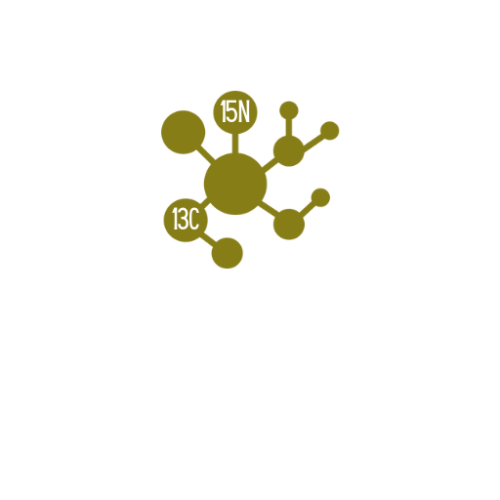Hmgb1 knock out embryonic fibroblasts immortalized with the 3T3 method, low content of HMGB2 [HM-223]
HMGBiotech distributes the knockout cells generated by the laboratory of Prof. Marco E. Bianchi for research purposes. San Raffaele Research Institute remains the owner of the intellectual property associated to these cells, and requires anyone interested in acquiring them to sign an MTA.
Please send a mail to info@hmgbiotech.eu for MTA processing.
The cells are shipped in dry ice. Since they are living biological material, they will be checked at customs. Therefore, communication between HMGBiotech and the buyer is required to optimize the delivery.
This immortalized clone of Hmgb1-/- MEFs contains a reduced amount of HMGB2.
This clone was obtained from a cross of Hmgb1 heterozygotes on a pure BALB/c genetic background (>10 backcrosses), and grown according to the 3T3 protocol, which prescribes splitting 1:3 the growing cells every 3 days for 3 months.
We suggest to split the cells, by trypsinization, when they reach 80% confluence.
As wild type controls for these MEFs, we suggest to use the wild type HM-221 MEFs, that will be provided by default with this order.
Publications:
- The elucidation of the anti-inflammatory mechanism of EMO in rheumatoid arthritis through an integrative approach combining bioinformatics and experimental verification
- High-mobility group box-1 peptide ameliorates bronchopulmonary dysplasia by suppressing inflammation and fibrosis in a mouse model
- MIR-107/HMGB1/FGF-2 axis responds to excessive mechanical stretch to promote rapid repair of vascular endothelial cells
- Nucleosome loss facilitates the chemotactic response of macrophages
- Ligand-activated peroxisome proliferator-activated receptor-δ and -γ inhibit lipopolysaccharide-primed release of high mobility group box 1 through upregulation of SIRT1
- Cross-reactivity of anti-HMGB1 antibodies for HMGB2
- Chromatin conformation regulates the coordination between DNA replication and transcription
- Intestinal epithelial HMGB1 inhibits bacterial infection via STAT3 regulation of autophagy
- FSHD muscle shows perturbation in fibroadipogenic progenitor cells, mitochondrial function and alternative splicing independently of inflammation
- A Review of Proposed Mechanisms in Rheumatoid Arthritis and Therapeutic Strategies for the Disease
- Blockade of HMGB1 Reduces Inflammation and Pruritus in Atopic Dermatitis by Inhibiting Skin Fibroblasts Activation
- NOD2 attenuates osteoarthritis via reprogramming the activation of synovial macrophages
- The elucidation of the anti-inflammatory mechanism of EMO in rheumatoid arthritis through an integrative approach combining bioinformatics and experimental verification
- Nucleotide-Binding Oligomerization Domain-Like Receptor 3 Deficiency Attenuated Isoproterenol-Induced Cardiac Fibrosis via Reactive Oxygen Species/High Mobility Group Box 1 Protein Axis
- Extracellular HMGB1 Contributes to the Chronic Cardiac Allograft Vasculopathy/Fibrosis by Modulating TGF-β1 Signaling
- Damage associated molecular pattern molecule-induced microRNAs (DAMPmiRs) in human peripheral blood mononuclear cells
- Autophagy-dependent secretion: mechanism, factors secreted, and disease implications
- HMGB1 modulates the balance between senescence and apoptosis in response to genotoxic stress
- The Association of HMGB1 and RAGE Gene Polymorphisms with IgA Vasculitis
- HMGB1: A Common Biomarker and Potential Target for TBI, Neuroinflammation, Epilepsy, and Cognitive Dysfunction
- The Anti-inflammatory Effects of HMGB1 Blockades in a Mouse Model of Cutaneous Vasculitis
- Nonoxid-HMGB1 Attenuates Cognitive Impairment After Traumatic Brain Injury in Rats
- Urbonaviciute et al. (2008) Induction of inflammatory and immune responses by HMGB1-nucleosome complexes – implications for the pathogenesis of SLE. J Exp Med 205: 3007-18

![Hmgb1knock out and HMGB2 low content MEF with 3T3 method [HM-223]](https://www.hmgbiotech.eu/wp-content/uploads/2022/11/4.png)


![Hmgb1 knock out MEF Large T antigen [HM-201]](https://www.hmgbiotech.eu/wp-content/uploads/2022/11/4-500x500.png)

